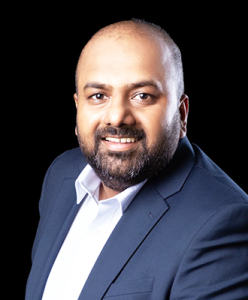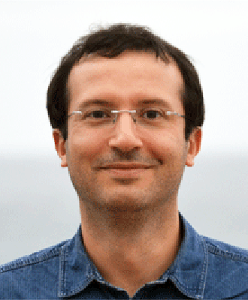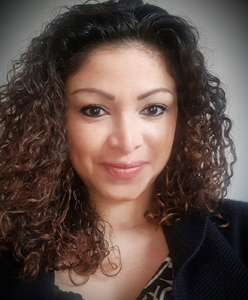Tutorial abstract
In this tutorial, we aim to provide a comprehensive and thorough overview of the recent advances in data engineering and blockchain frameworks and link the capabilities of these ecosystems to future telecommunication systems. Some special features of this tutorial are: a clear link between the data engineering (including data connection, data ingestion, data processing & analysis, data storage, data monitoring & visualisation and data management & orchestration frameworks) ecosystem with telecommunication networks and role of blockchain for B5G, an overview of applications of DLT/blockchain enabled B5G system and how these can be related to data engineering frameworks, the relationship to data science frameworks, and related data engineering and blockchain use cases for telecommunications networks will be discussed. Two example demonstrations will also be demonstrated.
The tutorial will cover an in-depth study of convergence of data engineering and blockchain for B5G/6G networks. The first part will be background information on data engineering and blockchain and the second part will be on the application of those technologies to B5G/6G use cases. In the second part, there will be a step-by-step demonstration of one of the demos during the second part of the tutorial. The participants do not need to have any prerequisite components. Application of data engineering and blockchain concepts in the application of telecommunication networks is an emerging topic and will be most important in the coming years as well. The attendees to this tutorial will have the chance to learn more about data engineering and blockchain for networking and its applications from the perspective of telecommunication operators.




